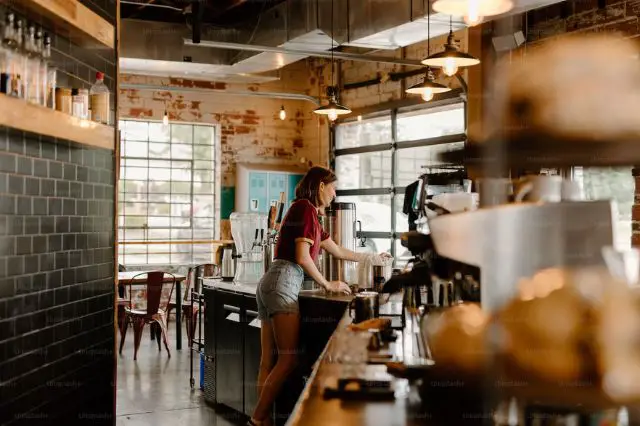What is Biotransformation? 2 Things to Know — and 3 Practical Examples

It can be very very easy to enjoy one or too many beers at a bar or whenever you are home, but it can also be very interesting to see what happens whenever you look at how beer gets made. Hops, yeast, water, and barley are all the ingredients that you need to make some amazing beer, but how does it actually taste good?
That is because of a process called Biotransformation, which actually happens whenever the ingredients in the beer react to one another. During the fermentation, the yeast inside of the beer is going to release enzymes and that is where everything comes into play.
Here’s what you need to know about biotransformation and how you can use it to help your beer!
How Does Biotransformation Work?
For starters, the enzymes that the yeast releases will take the bitter essential oils of the hops, and will change them from being bitter and admittedly not so great tasting to being the best tasting parts of the beer! This makes them palatable aspects and makes the beer very very good, with rich flavors and wonderful aromas.
Biotransformation is a process that is going to happen in your beer no matter what, so it makes sense to both learn about it, and also to learn the correct combinations of enzymes and hops to use in order to get the best tasting beer. Especially since getting the correct combinations of hops and enzymes will lead to amazing beer!
Hops Have Two Types Of Essential Oils
Of course, depending on the variety of hops you use as well as countless other factors, you will get hundreds of compounds of essential oils in different amounts. But one of the biggest ones you need to understand as a brewer is terpenoids. These are the compounds that produce the strongest sensory qualities and they can be transformed into various flavor notes.
Thiols are another type of compound that can produce fruity flavors and aromas, which also can add different flavors to your beer.
The Time That You Release the Hops Is Important
Finally, the timing of the hopping regime is going to be crucial, because at different times the compounds released by the hops will be different. In order to get the largest level of Terpenoids, you will need to add your hops into the kettle during the late kettle boil or if dry hopping is done they are added early.
For the maximization of thiols, you need to add the hops late into the fermentation process in order to let the biotransformation work. Make sure you focus on the various types of hops and learn how the chemicals of beer and biotransformation work, and you will get the best type of beer!
Practical Examples of Biotransformation
1. Focus on Different Types of Yeast
As much as hops are the ones releasing the various essential oils that you need to focus on for biotransformation, the yeast also has a severe effect on how this process works. The combination of yeast and hops is going to be what influences the flavor of the beer and you need to understand the flavor profiles of both.
Thankfully, there are tons of different resources online that can give you the proper flavor profiles, both for common beer tastes such as: bitter, fruity, or filled with spice, as well as the flavor profiles for different types of commonly available beer.
Don’t be afraid to do your research and see what combinations you can experiment with, and it can be pretty fun to experiment and make some amazing beers.
2. Write Everything Down
The world has lost more amazing beer recipes because the brewers haven’t written them down than we could ever know. So don’t be afraid to write everything down and note the exact details of the beers that you are making. Write down the type of yeast and the type of hops and how many measurements of each you are putting into the mixture, and that way you have a record, especially if you find that you’ve made a fantastic beer batch!
Because there’s nothing quite as disappointing as finding a perfect beer batch and then discovering that you can’t quite remember the recipe.
3. Brewing (Yeast Makes Hops More Flavorful and Aromatic)
You can revolutionize your drink with biotransformation, because it will increase the flavor of your beer whether you are looking for a fantastic flavor or just want to try something else! So don’t be afraid to continue to experiment and learn even more about how the science of making beer works.
Pretty soon you will be able to make sure that you are making beers that have chemistry behind them, not just the chemistry about how they make people feel, but also the chemistry about how the beer itself was fully made.





